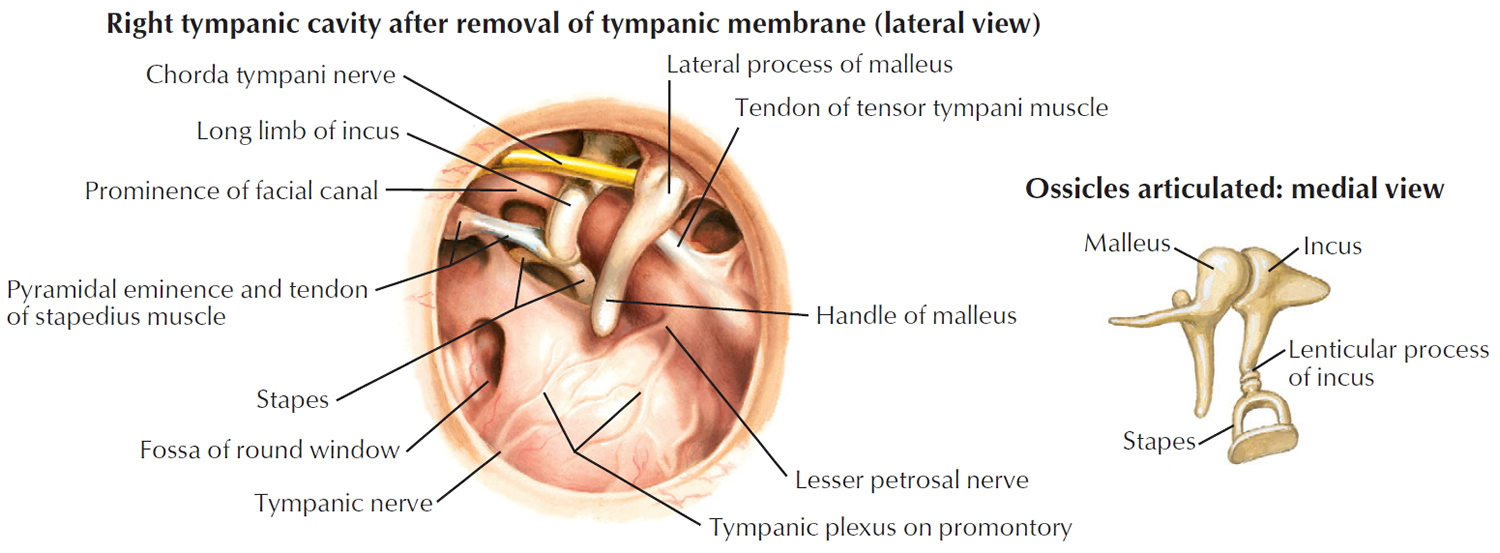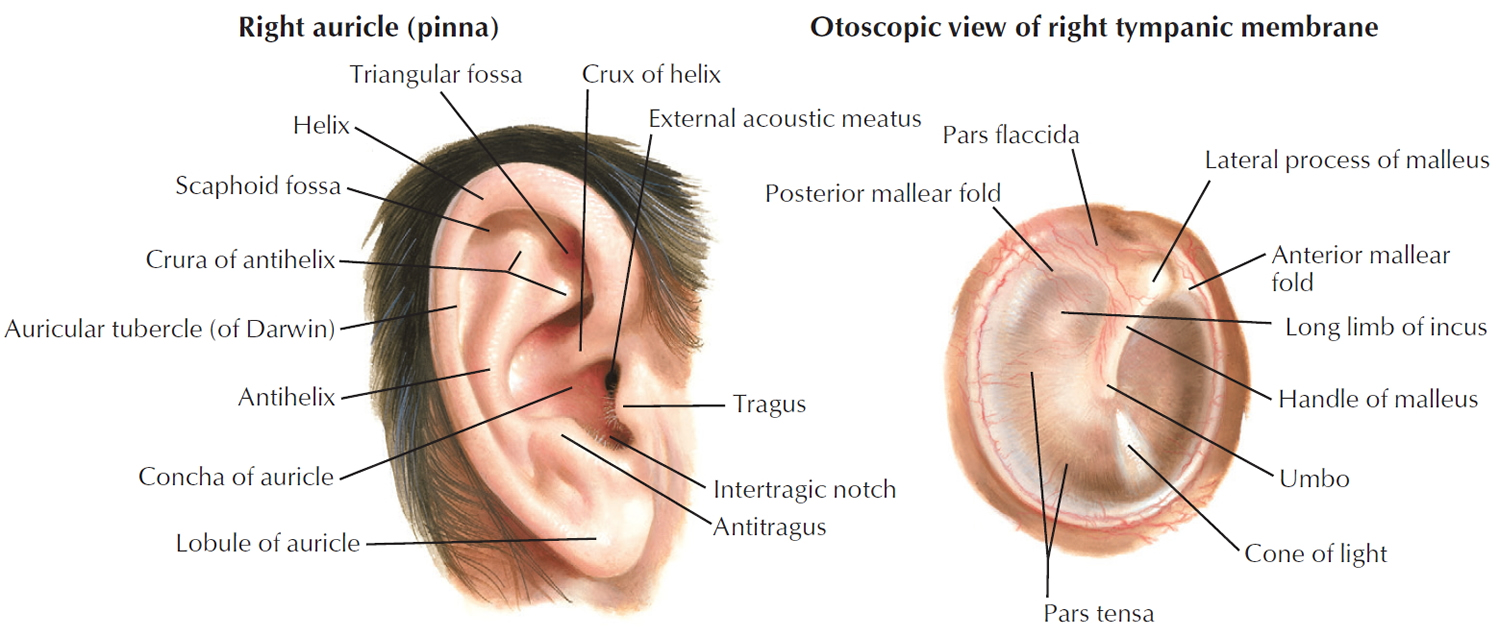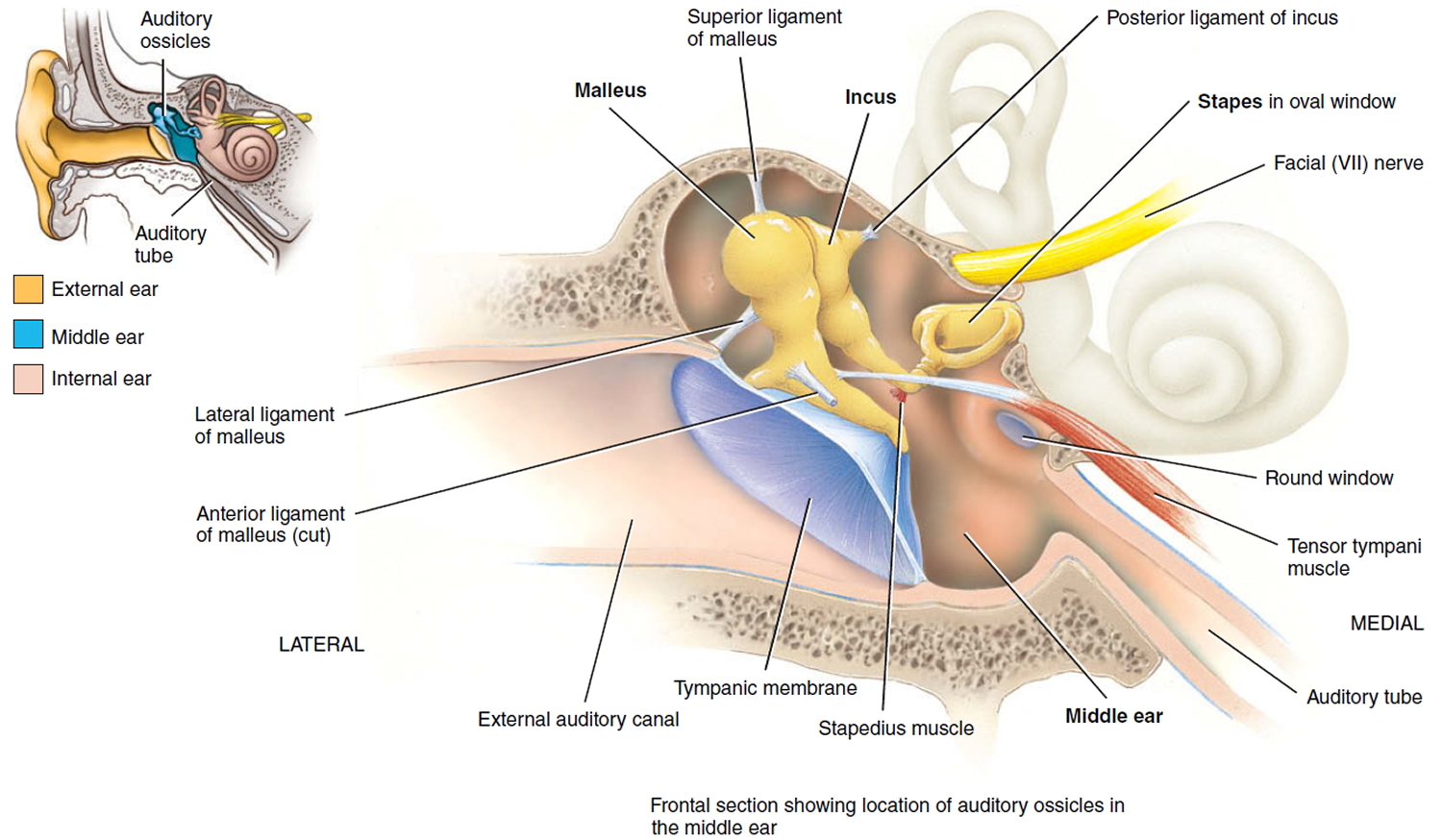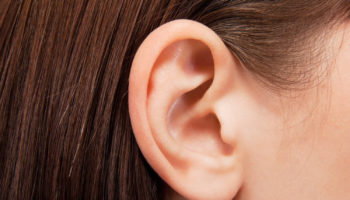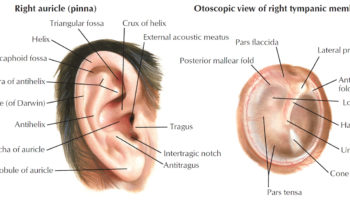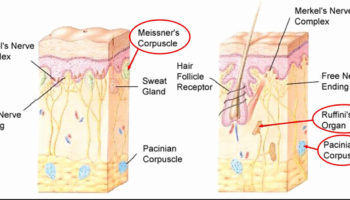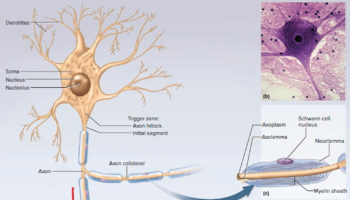Contents
- What is ear drum
- Ruptured eardrum (perforated eardrum)
- Causes of a ruptured or perforated eardrum
- Complications of of a ruptured or perforated eardrum
- Prevention of a ruptured or perforated eardrum
- Symptoms of a ruptured or perforated eardrum
- When to see a doctor
- Diagnosis of a ruptured or perforated eardrum
- Treatment of a ruptured or perforated eardrum
- Home remedies for a ruptured or perforated eardrum
- Ruptured eardrum (perforated eardrum)
What is ear drum
The external (outer) ear consists of the auricle, external auditory canal, and eardrum (Figure 1 and 2). The auricle or pinna is a flap of elastic cartilage shaped like the flared end of a trumpet and covered by skin. The rim of the auricle is the helix; the inferior portion is the lobule. Ligaments and muscles attach the auricle to the head. The external auditory canal is a curved tube about 2.5 cm (1 in.) long that lies in the temporal bone and leads to the eardrum.
The tympanic membrane or ear drum is a thin, semitransparent partition between the external auditory canal and middle ear. The tympanic membrane is covered by epidermis and lined by simple cuboidal epithelium. Between the epithelial layers is connective tissue composed of collagen, elastic fibers, and fibroblasts. Tearing of the tympanic membrane is called a perforated eardrum. It may be due to pressure from a cotton swab, trauma, or a middle ear infection, and usually heals within a month. The tympanic membrane may be examined directly by an otoscope, a viewing instrument that illuminates and magnifies the external auditory canal and tympanic membrane.
The tympanic membrane is shaped like a flattened cone, the apex of which points medially into the middle ear cavity. Sound waves that travel through the air set the eardrum vibrating, and the eardrum in turn transfers the vibrations to tiny bones in the middle ear.
Figure 1. Ear
Figure 2. Normal ear drum (tympanic membrane) (otoscopic view)
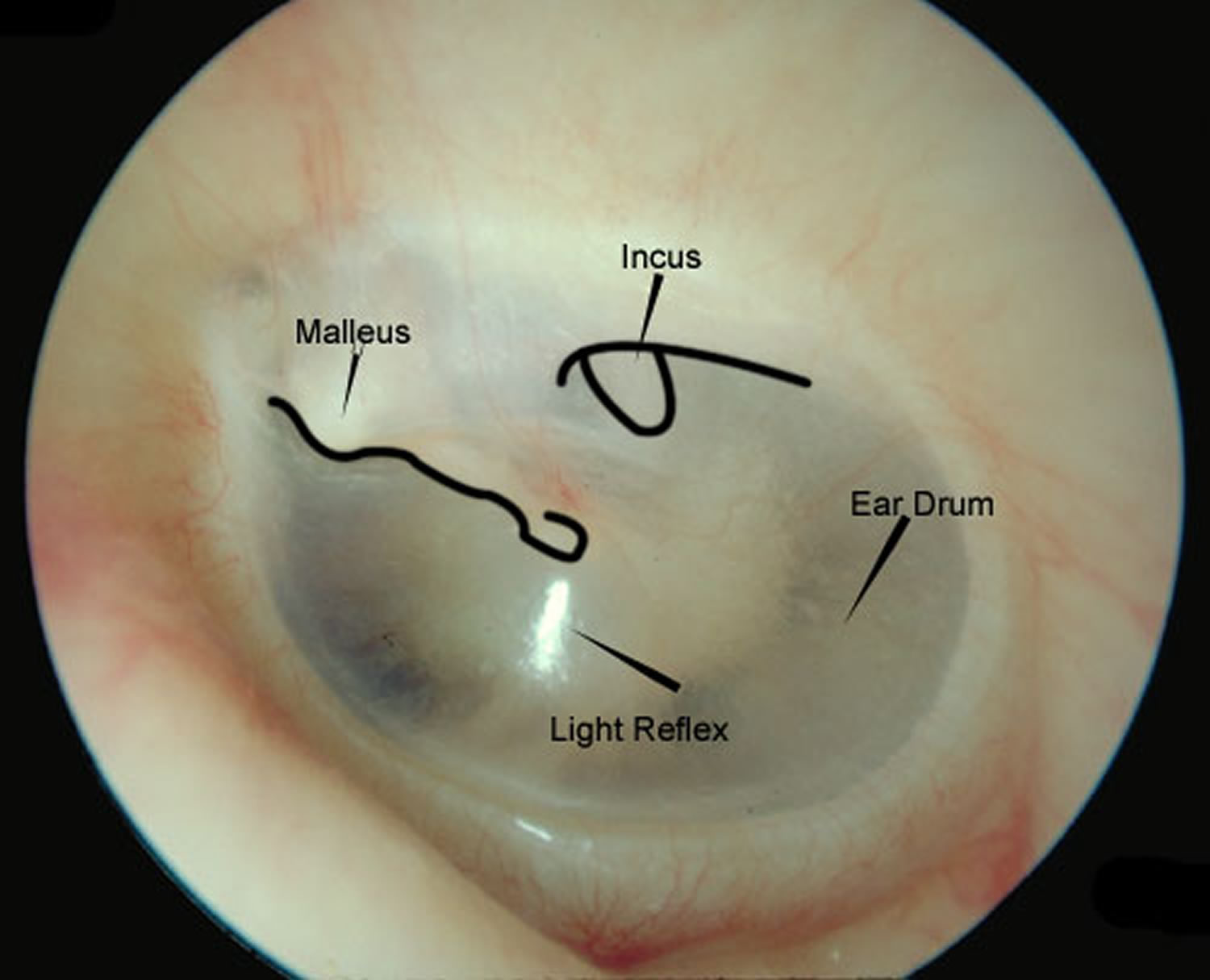
The middle ear is a small, air-filled cavity in the petrous portion of the temporal bone that is lined by epithelium. It is separated from the external ear by the tympanic membrane and from the internal ear by a thin bony partition that contains two small openings: the oval window and the round window.
Extending across the middle ear and attached to it by ligaments are the three smallest bones in the body, the auditory ossicles, which are connected by synovial joints. The bones, named for their shapes, are the malleus, incus, and stapes—commonly called the hammer, anvil, and stirrup, respectively. The “handle” of the malleus attaches to the internal surface of the tympanic membrane. The head of the malleus articulates with the body of the incus. The incus, the middle bone in the series, articulates with the head of the stapes. The base or footplate of the stapes fits into the oval window. Directly below the oval window is another opening, the round window, which is enclosed by a membrane called the secondary tympanic membrane. Besides the ligaments, two tiny skeletal muscles also attach to the ossicles (Figure 3 and 4).
The anterior wall of the middle ear contains an opening that leads directly into the auditory tube or pharyngotympanic tube, commonly known as the eustachian tube. The auditory tube, which consists of both bone and elastic cartilage, connects the middle ear with the nasopharynx (superior portion of the throat). It is normally closed at its medial (pharyngeal) end. During swallowing and yawning, it opens, allowing air to enter or leave the middle ear until the pressure in the middle ear equals the atmospheric pressure. Most of us have experienced our ears popping as the pressures equalize. When the pressures are balanced, the tympanic membrane vibrates freely as sound waves strike it. If the pressure is not equalized, intense pain, hearing impairment, ringing in the ears, and vertigo could develop. The auditory tube also is a route for pathogens to travel from the nose and throat to the middle ear, causing the most common type of ear infection.
Figure 3. Ear drum anatomy (tympanic membrane removed to reveal the middle ear bones or auditory ossicles)
Figure 4. Middle ear and auditory ossicles
Ruptured eardrum (perforated eardrum)
A ruptured eardrum — or tympanic membrane perforation as it’s medically known — is a hole or tear in the thin tissue that separates your ear canal from your middle ear (eardrum) 1.
A ruptured eardrum can result in hearing loss. A ruptured eardrum can also make your middle ear vulnerable to infections or injury.
A ruptured eardrum usually heals within a few weeks without treatment. Sometimes, however, a ruptured eardrum requires a procedure or surgical repair to heal.
If you think that you have a ruptured eardrum, be careful to keep your ears dry to prevent infection. Don’t go swimming. To keep water out of your ear when showering or bathing, use a moldable, waterproof silicone earplug or put a cotton ball coated with petroleum jelly in your outer ear.
Don’t put medication drops in your ear unless your doctor prescribes them specifically for infection related to your perforated eardrum.
Causes of a ruptured or perforated eardrum
Causes of a ruptured, or perforated, eardrum may include:
- Middle ear infection (otitis media). A middle ear infection often results in the accumulation of fluids in your middle ear. Pressure from these fluids can cause the eardrum to rupture.
- Barotrauma. Barotrauma is stress exerted on your eardrum when the air pressure in your middle ear and the air pressure in the environment are out of balance. If the pressure is severe, your eardrum can rupture. Barotrauma is most often caused by air pressure changes associated with air travel.
- Other events that can cause sudden changes in pressure — and possibly a ruptured eardrum — include scuba diving and a direct blow to the ear, such as the impact of an automobile air bag.
- Loud sounds or blasts (acoustic trauma). A loud sound or blast, as from an explosion or gunshot — essentially an overpowering sound wave — can cause a tear in your eardrum.
- Foreign objects in your ear. Small objects, such as a cotton swab or hairpin, can puncture or tear the eardrum.
- Severe head trauma. Severe injury, such as skull fracture, may cause the dislocation or damage to middle and inner ear structures, including your eardrum.
Complications of of a ruptured or perforated eardrum
Your eardrum (tympanic membrane) has two primary roles:
- Hearing. When sound waves strike it, your eardrum vibrates — the first step by which structures of your middle and inner ears translate sound waves into nerve impulses.
- Protection. Your eardrum also acts as a barrier, protecting your middle ear from water, bacteria and other foreign substances.
If your eardrum ruptures, complications can occur while your eardrum is healing or if it fails to heal. Possible complications include:
- Hearing loss. Usually, hearing loss is temporary, lasting only until the tear or hole in your eardrum has healed. The size and location of the tear can affect the degree of hearing loss.
- Middle ear infection (otitis media). A perforated eardrum can allow bacteria to enter your ear. If a perforated eardrum doesn’t heal or isn’t repaired, you may be vulnerable to ongoing (chronic) infections that can cause permanent hearing loss.
- Middle ear cyst (cholesteatoma). A cholesteatoma is a cyst in your middle ear composed of skin cells and other debris. Ear canal debris normally travels to your outer ear with the help of ear-protecting earwax. If your eardrum is ruptured, the skin debris can pass into your middle ear and form a cyst. A cholesteatoma provides a friendly environment for bacteria and contains proteins that can damage bones of your middle ear.
Prevention of a ruptured or perforated eardrum
Follow these tips to avoid a ruptured or perforated eardrum:
- Get treatment for middle ear infections. Be aware of the signs and symptoms of middle ear infection, including earache, fever, nasal congestion and reduced hearing. Children with a middle ear infection often rub or pull on their ears. Seek prompt evaluation from your primary care doctor to prevent potential damage to the eardrum.
- Protect your ears during flight. If possible, don’t fly if you have a cold or an active allergy that causes nasal or ear congestion. During takeoffs and landings, keep your ears clear with pressure-equalizing earplugs, yawning or chewing gum. Or use the Valsalva maneuver — gently blowing, as if blowing your nose, while pinching your nostrils and keeping your mouth closed. Don’t sleep during ascents and descents.
- Keep your ears free of foreign objects. Never attempt to dig out excess or hardened earwax with items such as a cotton swab, paper clip or hairpin. These items can easily tear or puncture your eardrum. Teach your children about the damage that can be done by putting foreign objects in their ears.
- Guard against excessive noise. Protect your ears from unnecessary damage by wearing protective earplugs or earmuffs in your workplace or during recreational activities if loud noise is present.
Symptoms of a ruptured or perforated eardrum
Signs and symptoms of a ruptured eardrum may include:
- Ear pain that may subside quickly
- Clear, pus-filled or bloody drainage from your ear
- Hearing loss
- Ringing in your ear (tinnitus)
- Spinning sensation (vertigo)
- Nausea or vomiting that can result from vertigo
When to see a doctor
Call your doctor if you experience any of the signs or symptoms of a ruptured eardrum or pain or discomfort in your ears. Your middle and inner ears are composed of delicate mechanisms that are sensitive to injury or disease. Prompt and appropriate treatment is important to preserve your hearing.
Diagnosis of a ruptured or perforated eardrum
Your family doctor or ENT specialist can often determine if you have a perforated eardrum with a visual inspection using a lighted instrument (otoscope).
He or she may conduct or order additional tests to determine the cause of the rupture or degree of damage. These tests include:
- Laboratory tests. If there’s discharge from your ear, your doctor may order a laboratory test or culture to detect a bacterial infection of your middle ear.
- Tuning fork evaluation. Tuning forks are two-pronged, metal instruments that produce sounds when struck. Simple tests with tuning forks can help your doctor detect hearing loss. A tuning fork evaluation may also reveal whether hearing loss is caused by damage to the vibrating parts of your middle ear (including your eardrum), damage to sensors or nerves of your inner ear, or damage to both.
- Tympanometry. A tympanometer uses a device inserted into your ear canal that measures the response of your eardrum to slight changes in air pressure. Certain patterns of response can indicate a perforated eardrum.
- Audiology exam. If other hearing tests are inconclusive, your doctor may order a series of strictly calibrated tests conducted in a soundproof booth that measure how well you hear sounds at different volumes and pitches (audiology exam).
Treatment of a ruptured or perforated eardrum
Most perforated eardrums heal without treatment within a few weeks. Your doctor may prescribe antibiotic drops if there’s evidence of infection. If the tear or hole in your eardrum doesn’t heal by itself, treatment will involve procedures to close the perforation. These may include:
- Eardrum patch. If the tear or hole in your eardrum doesn’t close on its own, an ENT specialist may seal it with a patch. With this office procedure, your ENT doctor may apply a chemical to the edges of the tear to stimulate growth and then apply a patch over the hole. The procedure may need to be repeated more than once before the hole closes.
- Surgery. If a patch doesn’t result in proper healing or your ENT doctor determines that the tear isn’t likely to heal with a patch, he or she may recommend surgery. The most common surgical procedure is called tympanoplasty. Your surgeon grafts a tiny patch of your own tissue to close the hole in the eardrum. This procedure is done on an outpatient basis, meaning you can usually go home the same day unless medical anesthesia conditions require a longer hospital stay.
Home remedies for a ruptured or perforated eardrum
A ruptured eardrum usually heals on its own within weeks. In some cases, healing takes months. Until your doctor tells you that your ear is healed, protect it by doing the following:
- Keep your ear dry. Place a waterproof silicone earplug or cotton ball coated with petroleum jelly in your ear when showering or bathing.
- Refrain from cleaning your ears. Give your eardrum time to heal completely.
- Avoid blowing your nose. The pressure created when blowing your nose can damage your healing eardrum.
- Ruptured eardrum (perforated eardrum). Mayo Clinic. https://www.mayoclinic.org/diseases-conditions/ruptured-eardrum/symptoms-causes/syc-20351879[↩]
